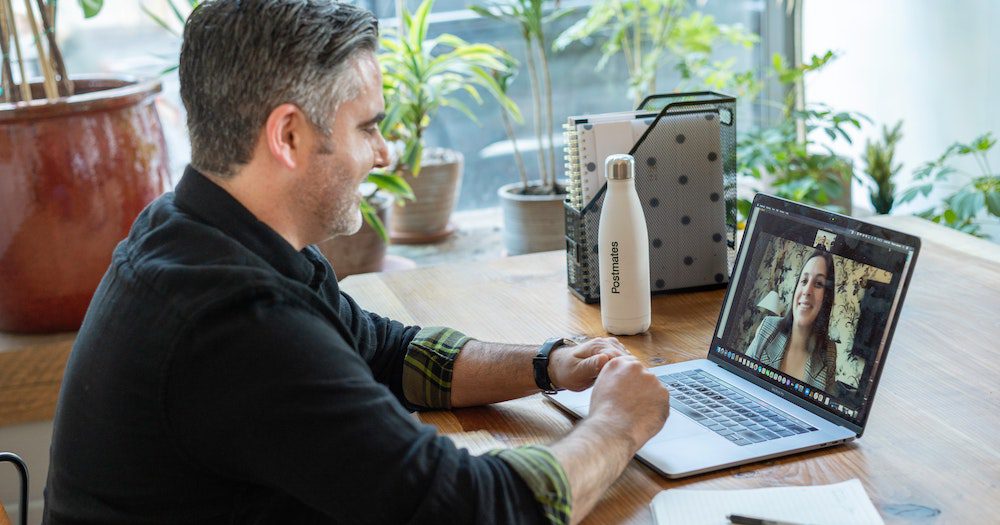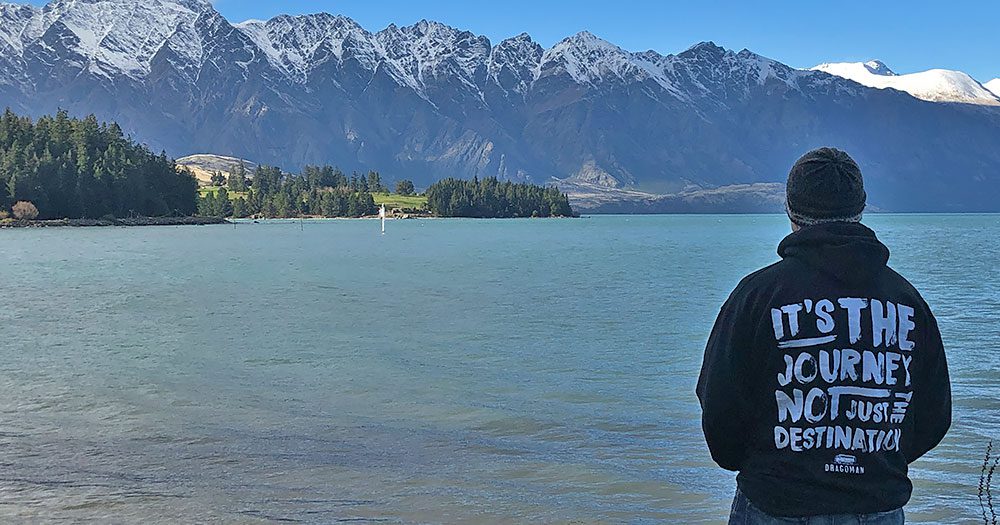The ‘do not travel’ advice has been removed and we’re entering a new phase of the #ArrivalRevival, where the travel industry can refocus on their businesses. In this insightful opinion piece, Evolution Travel Collective’s co-founder Pete Rawley asks the question: what’s the plan?
In previous articles over the past 18 months or so I have been pretty strong in my criticism of our federal government for not having any plan around reopening our international borders.
Now whilst we still don’t have unity across all states and territories, it does give most of us within the industry, some sense of direction and hope.
So, now our attention shifts from our frustrations at the government not having a plan, to thinking through what our return to business strategy is going to look like.
In a world that has been forever changed by this pandemic, living with Covid becomes our next challenge to work through.
Now it’s our turn to think about key elements we need to focus on as we re-start our businesses. Put simply, what’s your plan?
Customer or Cost?

What sets your B2B strategy for the APAC region in 2022 and beyond? Is it a customer-centric philosophy or is it minimising your cost of acquisition that becomes the priority?
Let me start by saying that 9 out of 10 times we are always trying to maximise sales results and brand awareness at the lowest possible cost. I am not debating that. What I want to explore is what strategy do industry partners commit to and how do you manage to achieve this in our brand-new world.
An example of this is in the BDM/Sales Representation space. Our business, Evolution Travel Collective (ETC), is currently involved in several conversations around how companies create the best sales strategy to re-start things.
Do they invest in a small sales team that utilises some of the historical face-to-face methods to maximise business development opportunities and build on close relationships in a more personal way to align more readily with a customer-centric philosophy?
Or
Do they utilise an existing staff member in their head office to be a point of contact and use some of the methods that have been more readily implemented in recent times – zoom sales calls, training modules online, and occasional face-to-face meetings once or twice a year?

Clearly, the second option is more cost-effective for the supplier, no doubt. But at ETC we have been asking a series of questions to see if looking at cost mitigation is the only strategy they should be considering.
The first question is around determining if the choice they are making maximises the opportunity for sales growth in line with their budget expectations.
Now, some businesses are happy to decrease their B2B sales opportunities right now if it saves some upfront cost. This is a reasonable strategy for some, they just need to be comfortable with the impact it will have on their business in the short term.
The second part we explore is what value they place on agents and business owners within the APAC region and how much does the strategy respect their B2B customer?
The reason we ask this question is that whilst we have lost many talented people over the past two years, the industry still has plenty of very experienced and talented businesspeople remaining. With that in mind, it’s our belief that if suppliers still want to maximise the agent distribution channel, then they need to support and respect that.
I remember attending an industry event in Sydney a few years back and industry icon Phil Hoffman was a speaker. He said several things that have stuck with me and I often look back on notes I madly scribbled down that day. One that comes to mind in this situation is:
“Relationships are REAL, not a transaction’’.
So, if a proposed sales strategy involves having an existing person in head office reaching out to an experienced business owner every so often because it can save a few dollars, yet still expect maximum support from them, then I would suggest that is a little unrealistic.
Technology

In the past 2 years, we have seen the continued advancement in technology that will support B2B opportunities moving forward.
Significant and innovative thinking has not been stifled during this pandemic and some of the developments that will make the role of a travel professional easier continue to be rolled out.
Whether it’s external players like Designer Journeys, Suki, or Tour Atlas or the array of internal development that is happening amongst our retail networks, the developers have been hard at work improving our industry’s tech capability.
Suppliers have not been idle during this time either. A lot of work has been done to improve agent tools to support future B2B partnerships. It’s almost a non-negotiable that suppliers have a suite of Agent Tools these days such as social media tiles, easy to manipulate marketing collateral, e-brochures, content options, etc to help agent partners get the sale.
Shout out to the recently released AAT Kings brochure that showcases how an interactive e-brochure can tell the story and inspire the customer electronically.
Training and development have taken on a life of their own, especially in the webinar space. Whilst they still had plenty of use pre-covid, there is no doubt that having no other option led to some great developments and learnings in how we can use this technology moving forward.
Two new COVID-born businesses have been leading the way – The Travel Community Hub with interesting industry discussions and guest speakers whilst Destination Webinars have been championing product updates.
Changes in how we communicate, whether it be with product updates or meetings with our own staff, continue to evolve as part of the new world.
There is no doubt that the forced utilisation of communication platforms such as Zoom, Hangouts, and Teams has shown us that we don’t always have to be ‘in person’ to make an impact and as such it will continue to play a significant role in how we do things moving forward.
Collaboration

The relationships between suppliers and other businesses are also on the rise with increased sharing of skill sets rather than holding all of that knowledge and overheads within our own business structures.
If others out there have that expertise already and we don’t have the current cash flow to support employing or developing those skills internally, then what about a JV or collaboration to make something happen?
This would then give some extra services businesses could offer partners, yet not significantly increase overheads or headcount.
Shared services remain an interesting option for many businesses, especially over the next 12 months with an uncertain environment facing us all.
As such many are considering this cost-effective solution as part of their return to business strategy.
Data

The use of data will rise to new levels in the coming 12 months.
A scattergun approach is ineffective and expensive. Suppliers and agents alike need to develop targeted strategies that support achieving maximum ROI. We can utilise data to drive strategy across all elements of a business.
Sales, marketing, and product development will all be enhanced by the commitment to collating and analysing the data as a key component of the process with the phrase 80/20 set to become the buzzword of 2022.
With all of this said, however, I believe that most of all, people right across our industry will be craving connection more than anything else.
In an industry that has a long history of being incredibly social, the ability to connect with other like-minded people, friends, and customers again will rise above everything else.
With this in mind, I believe a considered balance of the above will obtain the best results.
Many will not have the money to absorb the headcount and costs in a pre-covid world. Nor do I believe that our best results will be obtained by doing everything ‘online’ and not fully respecting your customer in an effort to maximise your cost reduction.
Invest in technology that supports your customer and team. Collaborate and share services where appropriate as you understand what this new world looks like. Collate and analyse your data to develop a targeted approach. But most of all, respect your customer, not just your bottom line.
I’ll leave you with another piece of wisdom from that day listening to Phil Hoffman.
“It’s what you can’t buy that builds a customer for life”
What’s your plan?
- The world’s best airports, ranked by security, bag handling, dining, shopping, cleanliness, staff & more
- NT Round Up famil wrap: See Australia’s Top End from the land, water & sky
- Soap Aid: The sustainable initiative supported by luxury hotels that is saving the lives of thousands of children
- How many travel agency & tour operator businesses are there in Australia now?
- Part of the pride: A&K ups paid parental leave to 18 weeks in industry first


